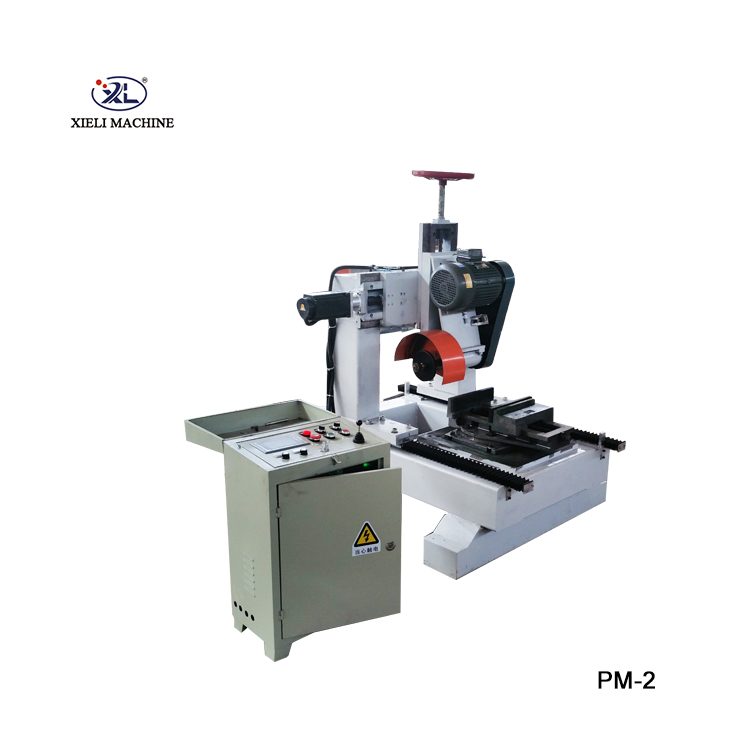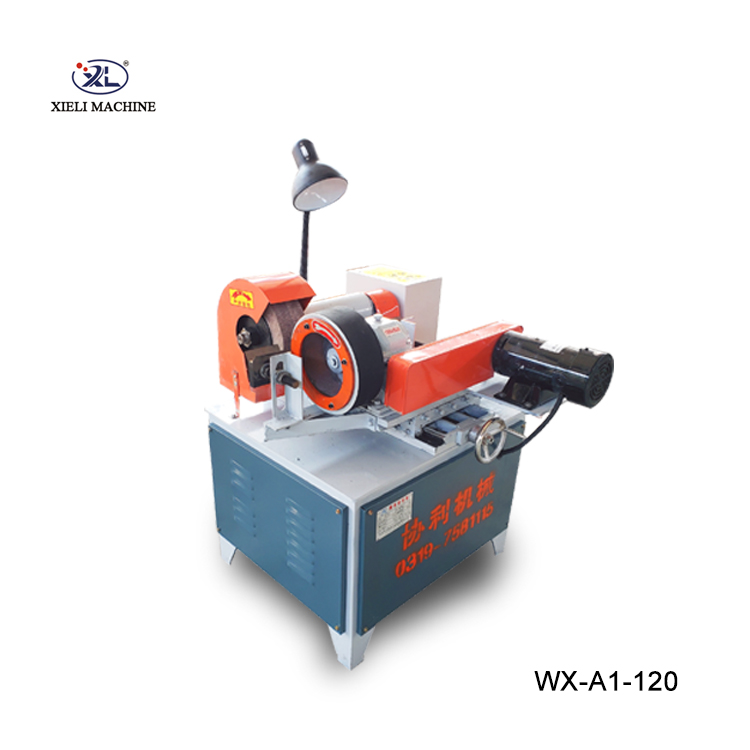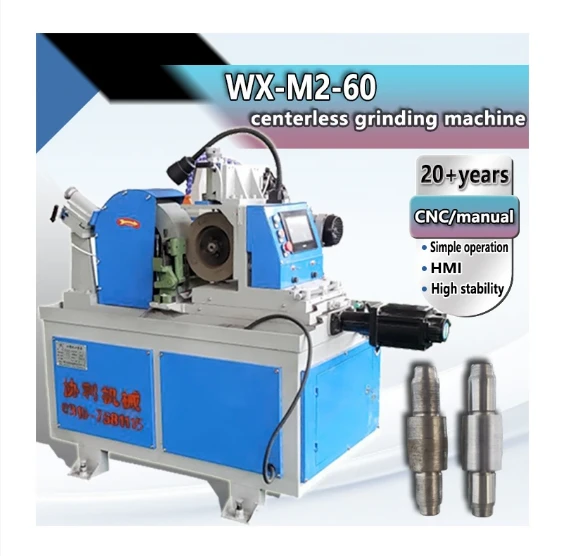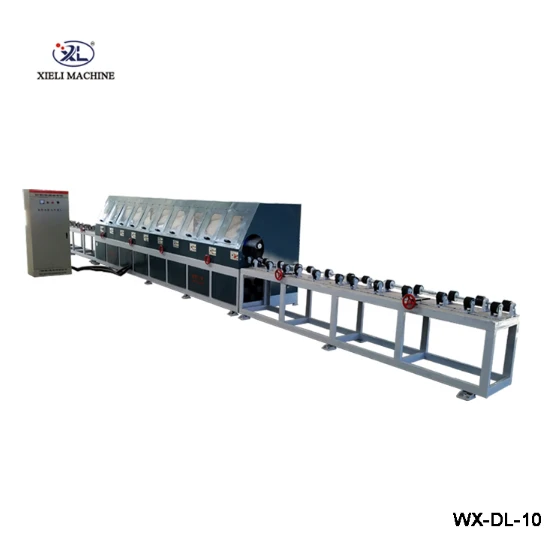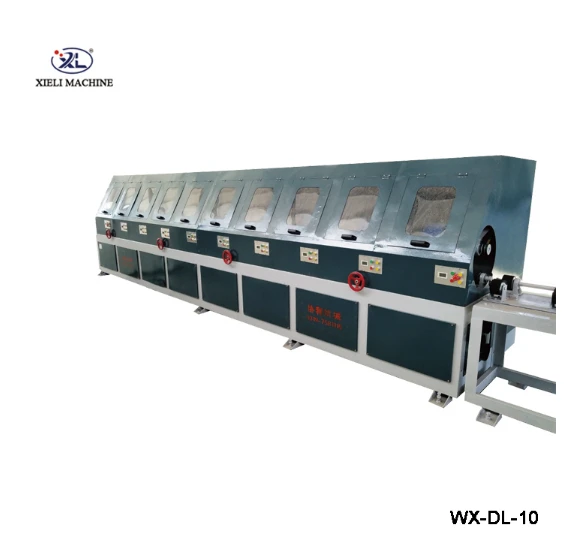Precision Engineering: The Role of Centerless Valve Grinders in Modern Industry
In today's highly competitive industrial landscape, the demand for components with exceptional precision and surface finish is paramount. This is particularly true for valve manufacturing, where the integrity and performance of valves directly impact system efficiency and safety. A centerless valve grinder for sale represents a cornerstone technology in achieving these exacting standards. Unlike traditional grinding methods that require workholding, centerless grinding offers a highly efficient and accurate solution for processing cylindrical components. This method is critical for components requiring stringent concentricity, roundness, and surface finish, such as valve stems, pins, and other precision parts used across various sectors. The inherent design of centerless grinders allows for continuous, high-volume production, making them indispensable for industries where throughput and consistency are key performance indicators.
The continuous evolution of materials and manufacturing processes necessitates grinding solutions that can adapt to diverse requirements, from hard alloys to composite materials. Modern industrial metal polishing machine capabilities, often integrated with or preceding grinding processes, further enhance the final product's quality and aesthetic. The ability of a robust centerless grinding machine to achieve sub-micron tolerances directly contributes to reduced friction, improved sealing, and extended service life for critical valve components. This technological superiority ensures that products meet rigorous international standards, including ISO and ANSI, vital for global market access and operational reliability.
The Manufacturing Process of Advanced Valve Components
The production of high-performance valve components, often refined by an advanced centerless valve grinder for sale, involves a multi-stage process that prioritizes material integrity and dimensional accuracy. Initially, raw materials, typically high-grade stainless steel (e.g., SS304, SS316) or specialized alloys for demanding applications, undergo either casting or forging to achieve the initial component shape. Forging enhances grain structure and mechanical properties, making the material more robust for subsequent machining. Following these initial forming processes, components proceed to rough machining, often utilizing advanced CNC machining centers to establish preliminary dimensions and features.
The critical finishing stages involve precision grinding. Here, the unique capabilities of an engine centerless grinder machine for sale come into play. Components are fed between a grinding wheel and a regulating wheel, eliminating the need for center holes or fixtures, thus allowing for seamless, high-volume production. This method ensures exceptional concentricity and surface finish, crucial for valve stems and sealing surfaces. Post-grinding, components undergo stringent quality checks, including non-destructive testing (NDT), dimensional verification using CMMs (Coordinate Measuring Machines), and surface roughness measurements. Adherence to standards like ISO 9001 and ANSI B16.34 is non-negotiable. This meticulous process ensures a predicted service life exceeding 15-20 years in typical operational conditions, especially for applications in petrochemical, metallurgy, and water supply/drainage industries, where resistance to corrosion and wear is paramount.

Figure 1: Depiction of the precision grinding workflow on a centerless machine.
Technical Parameters of High-Performance Centerless Grinders
Understanding the core technical specifications is crucial when evaluating a centerless valve grinder for sale. These parameters directly influence the machine's capacity, precision, and suitability for specific applications. Key specifications often include grinding wheel dimensions, maximum workpiece diameter, motor power, and automation capabilities. For instance, a robust machine designed for industrial metal polishing machine integration will typically feature a powerful grinding spindle motor and a precise regulating wheel drive system.
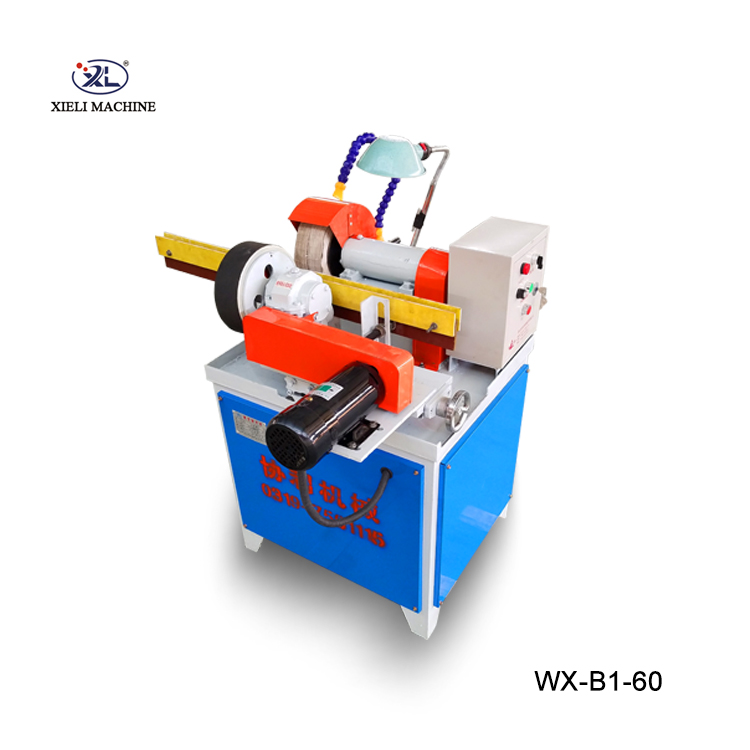
Figure 2: Close-up of an advanced engine centerless grinder machine setup.
| Parameter | Value/Range | Unit |
|---|---|---|
| Grinding Wheel Diameter | 350 - 600 | mm |
| Regulating Wheel Diameter | 200 - 350 | mm |
| Max. Workpiece Diameter | 1 - 100 | mm |
| Main Grinding Motor Power | 15 - 37 | kW |
| Workpiece Feed Rate | 0.1 - 10 | m/min |
| Grinding Accuracy (Roundness) | ≤ 1.0 | μm |
| Surface Roughness (Ra) | ≤ 0.2 | μm |
| Machine Weight (Approx.) | 3500 - 8000 | kg |
These specifications highlight the machine's capacity for fine finishing, producing components with superior surface integrity and dimensional accuracy essential for high-performance applications. The capability to achieve sub-micron roundness is particularly critical for valve components where precise mating surfaces minimize leakage and maximize operational lifespan.
Applications and Advantages in Diverse Industries
The versatility of a robust centerless valve grinder for sale extends across numerous industrial sectors, proving invaluable for applications demanding high precision and durability. In the automotive industry, these machines are essential for grinding valve stems, camshafts, and transmission components, where the smooth operation and longevity of parts directly impact vehicle performance and safety. The medical sector leverages centerless grinding for precision instruments and implants, requiring extremely tight tolerances and biocompatible surface finishes.
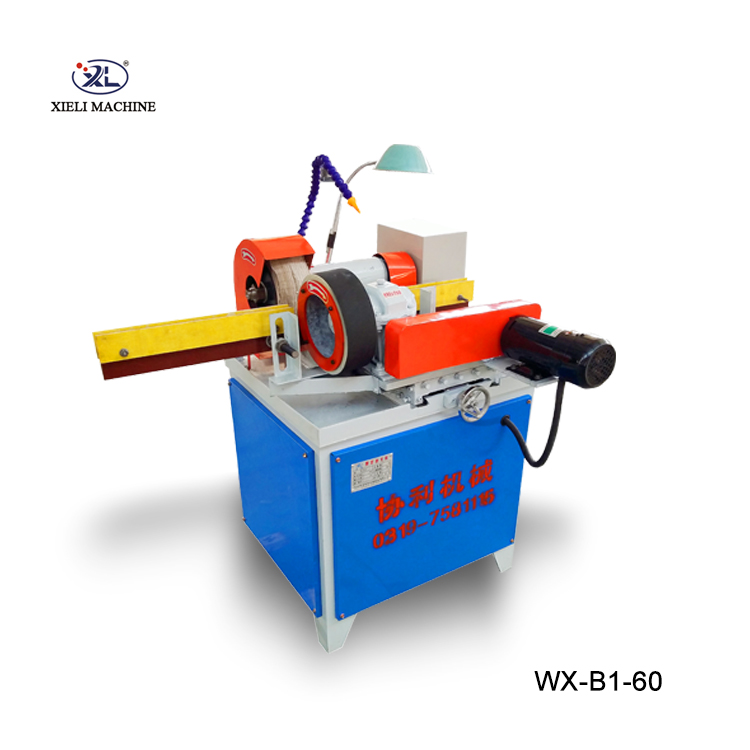
Figure 3: Polishing of industrial valve components post-grinding.
Furthermore, in the aerospace industry, components such as landing gear pins and turbine engine shafts benefit from the high-accuracy grinding capabilities to withstand extreme operational stresses. Beyond precision, these grinders offer significant advantages: they eliminate the need for costly and time-consuming workholding fixtures, streamline material handling, and support automation, leading to increased productivity and reduced labor costs. The energy-saving capabilities of modern designs, incorporating efficient motor drives and optimized grinding processes, also contribute to lower operational expenses and a reduced environmental footprint. Components processed on these machines exhibit enhanced corrosion resistance due to superior surface finish, reducing susceptibility to environmental degradation.
For specialized applications, such as those handled by an internal centerless grinding machine or even a table top centerless grinder for smaller volumes, the core principle remains consistent: achieving unparalleled surface quality and dimensional consistency. This technical advantage translates into superior product performance, extended operational life, and significant cost savings over the component's lifecycle.
Manufacturer Landscape and Custom Solutions
The market for precision grinding equipment, including an engine centerless grinder machine for sale, features several reputable manufacturers, each with distinct specializations. Established brands like Paragon centerless grinding machine, Supertec centerless grinder for sale, Van Norman centerless grinder, and Viking centerless grinder for sale have long dominated the sector, offering a range of robust and reliable solutions. These manufacturers often provide models designed for specific applications, from high-volume automotive parts to intricate aerospace components. While renowned for their quality, their standard configurations may not always perfectly align with highly specialized operational requirements.
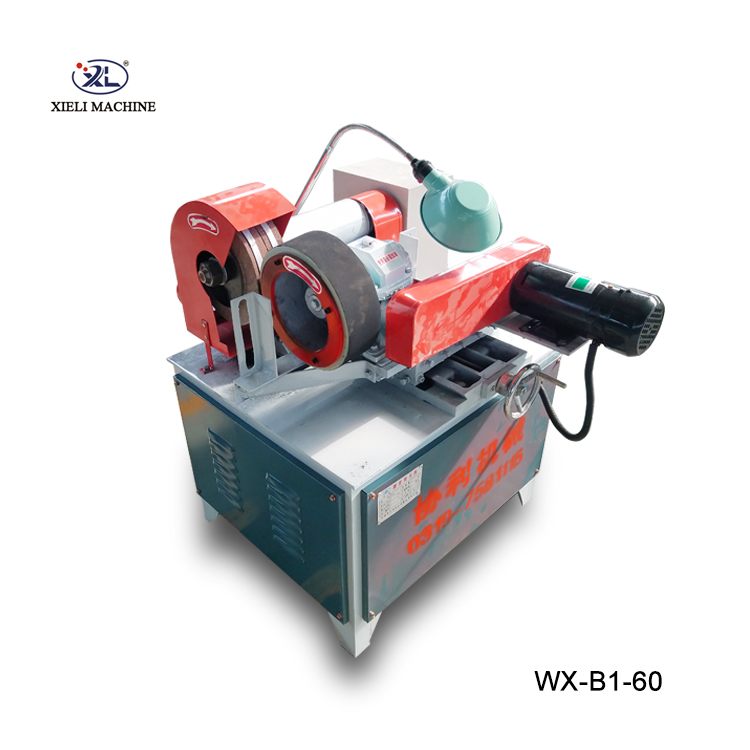
Figure 4: Tailored integration of a modern centerless grinding system.
Recognizing this, many leading suppliers, especially those providing a van norman centerless grinder for sale or similar high-caliber equipment, now offer extensive customization options. This includes tailored automation solutions, specialized tooling, integrated loading/unloading systems, and advanced in-process gauging to meet unique production challenges. For instance, a bespoke solution might integrate an automated part feeding system for high-volume valve stem production, or a specialized coolant management system for grinding exotic materials. Our expertise lies in collaborating closely with clients to develop comprehensive grinding solutions that not only meet current needs but also scale for future expansion, ensuring optimal performance and return on investment. Our long-standing service record of over 20 years in delivering customized grinding solutions speaks to our depth of experience and authority in this niche.
Ensuring Trustworthiness: Quality, Warranty, and Support
When investing in an industrial asset like a centerless valve grinder for sale, trustworthiness is paramount. Our commitment to quality is underpinned by stringent manufacturing processes that adhere to international standards such as ISO 9001 and CE certifications. Each machine undergoes rigorous testing, including factory acceptance tests (FAT) and detailed performance validation, to ensure it meets or exceeds published specifications for precision and durability. Our long-term partnerships with clients across various sectors are a testament to our reliability and the consistent performance of our equipment.

Figure 5: Rigorous quality control applied to a Viking centerless grinder.
We offer a comprehensive 12-month warranty on all mechanical and electrical components, with extended warranty options available. Our typical delivery period ranges from 8 to 12 weeks, depending on customization requirements, with transparent communication throughout the entire process. Post-sale, our dedicated customer support team provides comprehensive training, technical assistance, and spare parts availability to ensure minimal downtime and optimal operational efficiency. Clients have access to 24/7 technical support and on-site service engineers for complex issues, reinforcing our commitment to long-term partnerships. We provide detailed operation manuals and maintenance guides, empowering your team to confidently manage your investment.
Frequently Asked Questions (FAQ)
Q1: What types of materials can a centerless valve grinder process?
A: Our centerless valve grinder for sale machines are capable of processing a wide range of materials, including various grades of stainless steel (e.g., SS304, SS316, SS410), carbon steel, tool steel, brass, bronze, aluminum alloys, and even certain ceramics and composite materials, provided the appropriate grinding wheels and coolants are utilized. This versatility makes them suitable for diverse industrial applications, from automotive parts to medical instruments and aerospace components.
Q2: How does centerless grinding compare to traditional grinding methods in terms of efficiency?
A: Centerless grinding offers significant efficiency advantages by eliminating the need for workholding fixtures and center holes, allowing for continuous through-feed operations. This results in higher production rates, reduced setup times, and lower labor costs compared to traditional methods that require individual part loading and clamping. The inherent stability of the process also allows for heavier cuts and faster stock removal while maintaining high precision.
Q3: What level of surface finish can be achieved?
A: Our advanced centerless valve grinder for sale systems are engineered to achieve exceptional surface finishes, typically as fine as Ra 0.2 micrometers (8 microinches), and in some cases, even finer. This superior surface quality is crucial for reducing friction, improving sealing integrity, and enhancing the corrosion resistance and overall lifespan of critical valve components and other precision parts.
References
- Smith, J. A. (2020). Advanced Grinding Technologies for Precision Manufacturing. Society of Manufacturing Engineers.
- International Organization for Standardization. (2015). ISO 9001:2015 Quality management systems – Requirements.
- American National Standards Institute. (2017). ANSI B16.34: Valves – Flanged, Threaded, and Welding End.
- Manufacturing Engineering. (2019). The Evolution of Centerless Grinding in High-Volume Production.

